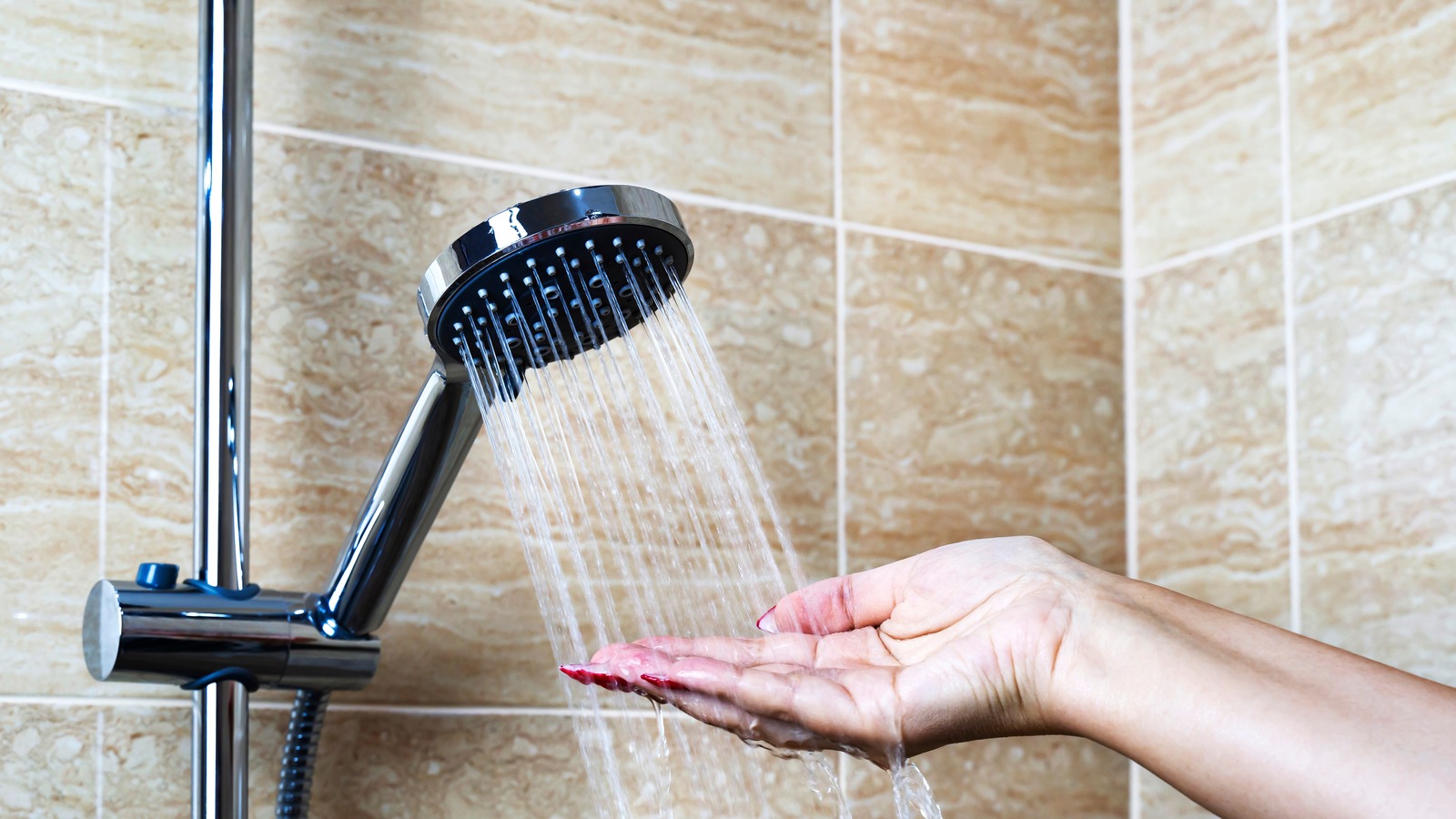Few things are more frustrating than stepping into a warm and comforting shower, only to be jolted by sudden changes in water temperature. The experience of fluctuating water temperatures can be perplexing and sometimes uncomfortable. In this article, we will delve into the various factors contributing to this phenomenon, exploring the science behind why water temperature in the shower tends to be less consistent than we desire.
Plumbing System Dynamics:
Understanding the intricate network of pipes and valves in your plumbing system is crucial to comprehending why water temperature may change in the shower.
Factors such as pipe length, diameter, and proximity to other water fixtures play a role.
Longer pipes, for instance, mean more cold water needs to be expelled before hot water reaches the shower, leading to initial temperature variations.
Hot Water Heater Issues:
A malfunctioning or inefficient hot water heater can be a primary culprit for inconsistent water temperatures. Sediment buildup, a common issue in areas with hard water, settles at the bottom of the tank, reducing heating efficiency.
Faulty thermostats may also cause the water heater to overheat or underperform, affecting the overall shower experience.
Pressure Fluctuations:
Changes in water pressure, whether due to municipal supply variations or usage elsewhere in the house, can lead to sudden temperature shifts.
Pressure imbalances affect the mixing of hot and cold water, impacting the overall temperature.
Investing in a pressure-balancing valve can help mitigate the impact of pressure changes on your shower.
Seasonal and Environmental Factors:
External factors like ambient temperature and weather conditions can influence the incoming water temperature. Colder weather, for instance, can result in colder water entering the system, affecting the overall temperature.
Insulating your pipes and water heater can help counteract the effects of external temperature changes.
Faulty Shower Valves:
The shower valve is the control center for water temperature. Malfunctions in the valve, such as wear and tear or mineral deposits, can disrupt the seamless blending of hot and cold water, causing unexpected temperature changes.
Regular maintenance, such as cleaning or replacing the valve, can prevent such issues.
Water Heater Size and Capacity:
The size and capacity of your water heater are critical. If your heater is too small for the demand, it may struggle to maintain a consistent temperature, especially during peak usage times.
Consider upgrading to a larger tank or a tankless water heater if your current system is inadequate for your household’s needs.
Cross-Connection Issues:
Cross-connections occur when cold water from the main supply mixes with hot water, resulting in unpredictable temperatures. This can happen due to faulty plumbing installations or backflow issues.
Installing backflow preventers and ensuring proper plumbing design can help eliminate cross-connection problems.
FAQs:
Q1: Why does my shower water start hot but turn cold after a few minutes?
A1: This could be due to an undersized water heater, sediment buildup, or issues with the shower valve. Regular flushing of the water heater and valve maintenance can resolve these issues.
Q2: Can water pressure affect shower temperature?
A2: Yes, fluctuations in water pressure can impact the mixing of hot and cold water, leading to temperature changes. Installing a pressure-balancing valve can help stabilize the temperature.
Q3: How often should I flush my water heater?
A3: Flushing your water heater once a year helps prevent sediment buildup and ensures optimal performance. Consult your heater’s manual for specific guidelines.
Q4: What role does the season play in water temperature changes?
A4: Colder seasons can result in colder water entering the system, affecting the overall temperature in your shower. Insulating pipes and the water heater can minimize this effect.
Q5: Are there DIY solutions for fixing shower temperature issues?
A5: Yes, tasks like flushing your water heater, cleaning shower valves, and checking for leaks can be done by homeowners. However, professional assistance may be necessary for complex issues like valve replacements or major plumbing repairs.
Q6: How do I know if my shower valve is malfunctioning?
A6: Uneven water temperature, strange noises, or difficulty adjusting the temperature are signs of a faulty shower valve. Regular inspection and prompt valve maintenance can prevent such issues.
Q7: Can a cross-connection affect my shower temperature?
A7: Yes, cross-connections can lead to the mixing of hot and cold water, causing unexpected temperature changes. Installing backflow preventers and ensuring proper plumbing design can eliminate cross-connection problems.
Conclusion:
In the quest for a consistent and enjoyable shower experience, understanding the various factors at play is crucial. Regular maintenance, awareness of your plumbing system, and timely intervention in case of issues are key to mitigating the irksome fluctuations in water temperature. By addressing these factors, you can reclaim control over your shower and enjoy a more relaxing and comfortable bathing experience. Remember, a well-maintained plumbing system ensures that your shower remains a sanctuary of comfort rather than a source of unexpected surprises.

A group of home improvement enthusiasts and bathroom design experts, combines in-depth knowledge and a shared passion to deliver engaging, informative content that guides readers through the world of bathroom innovation and style.

Leave a Reply